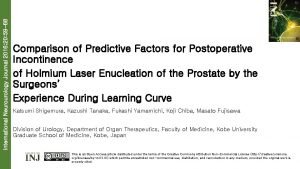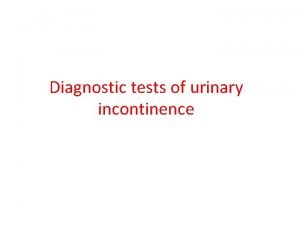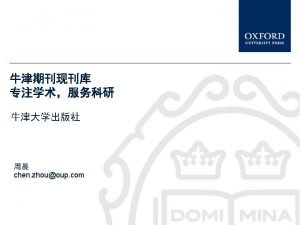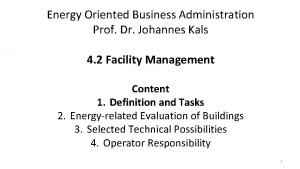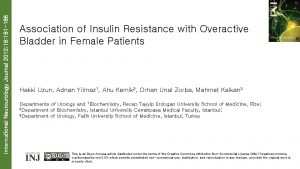International Neurourology Journal 2013 17 186 190 Incontinence






- Slides: 6

International Neurourology Journal 2013; 17: 186 -190 Incontinence Pad Usage in Medical Welfare Facilities in Korea Sang Hyub Lee, Ji Soon Kang 1, Jeong-Wha Kim 2, Sun-Ju Lee Department of Urology, Kyung Hee University School of Medicine, Seoul; 1 Department of Nursing, Kyungbok University, Pocheon; 2 Department of Nursing, Kyung Hee University College of Nursing Science, Seoul, Korea This is an Open Access article distributed under the terms of the Creative Commons Attribution Non-Commercial License (http: //creativecommons. org/licenses/by-nc/3. 0/) which permits unrestricted non-commercial use, distribution, and reproduction in any medium, provided the original work is properly cited.

International Neurourology Journal 2013; 17: 186 -190 INTRODUCTION • The prevalence of urinary incontinence and the usage of incontinence pads by elderly residents in Korean medical welfare facilities were investigated. MATERIALS AND METHODS • From a total of 1, 832 facilities, 33 medical welfare facilities in the capital area were randomly selected; all nursing homes were excluded. • All data were collected by questionnaires to investigate the residents’ age and sex, the presence or absence of urinary incontinence, incontinence pad usage per month, and management methods for urinary incontinence. • Surveys were also conducted from January 2010 to August 2010.

International Neurourology Journal 2013; 17: 186 -190 RESULTS • A total number of residents in medical welfare facilities were 2, 783, and all of them were selected for this study. • Approximately, 65. 3% of residents (1, 816 individuals) had incontinence. The mean usage was 75 incontinence pads per month. • Only 15. 6% of residents received proper management for urinary incontinence, while the remaining 84. 4% of residents did not have any experience in evaluating or managing their urinary symptoms. CONCLUSIONS • The prevalence of urinary incontinence in medical welfare facilities in Korea was about 65. 3%. However, the management of urinary incontinence was insufficient. Urologists should make further efforts for the proper management of urinary incontinence in elders in these facilities.

International Neurourology Journal 2013; 17: 186 -190 Table 1. Characteristics of the residents

International Neurourology Journal 2013; 17: 186 -190 Table 2. Prevalence and severity of urinary incontinence & usage of incontinence pad

International Neurourology Journal 2013; 17: 186 -190 Fig. 1. Management of urinary incontinence.
